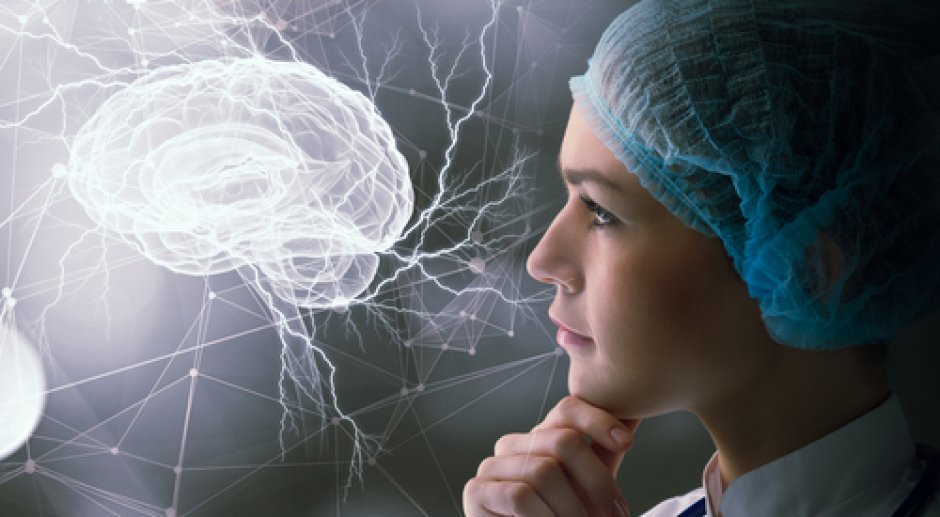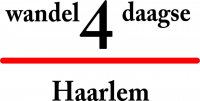
A neurophysiologic model of MELAS disease
Onderzoeksleiders:
Dr. Tamas Kozicz, Radboudumc, Department of Anatomy
Dr. Nael Nadif Kasri, Radboudumc, Department of Human Genetics
Onderzoeksteam:
Drs. Teun KLein Gunnewiek
Prof. dr. Eva Morava
Dr. Richard Rodenburg
Krachtbundelsubsidie van Ride4Kids en Join4Energy: € 25.000
Start: 1 januari 2018
Looptijd: 12 maanden
The most devastating consequences of abnormal energy metabolism are localized in the brain. In the common mitochondrial disease; MELAS syndrome, one of the most frequent disease associated brain symptom is depression. Patients often complain about how depression impacts their life in addition to the se vere multi - organ involvement. A lthough we know its common, we still yet don't understand exactly how mitochondrial disease leads to depression, especially since patients with other types of neurodegenerative disorders do not show this symptom. Investigatin g the brain related mitochondrial features compared to e.g. muscle features, is technically rather difficult. Our state - of - the - art stem cell facilities will allow us to generate cultured brain cells (iNeurons) , which will be made from skin biopsy cells of MELAS patients . Subsequently, we will evaluate , wh ether the risk of depression of patients with mitochondrial disease could be due to abnormal brain cell development and communication. This will be d one by exploring brain cell network s , the cell structures , cell connections, the electric activity and mitochondrial function in the se iNeurons . We further expect that the unique combination of partners who are embedded in metabolic and mitochondrial disease care on several levels (preclinical research as well a s clinical care and diagnostics) , coupled with innov ative methodology and hypothesis, provide significant support for fast and efficient forward and backward translation of research results. It is expected too , that resu lts from this project will specifica lly improve counseling and the quality of life for this special cohort of patients with mitochondrial disease and comorbid depression. Even more exciting is the possibility that we can try out drugs in the se iNeuron s directly, which is the road to future therapies .
Overig nieuws
Druggable Targets In Lysosomal V-ATPase Dysfunction-DETAILED
Universiteit Utrecht en UMC Utrecht Onderzoeksleiders: Dr....
Classic late-infantile neuronal ceroid lipofuscinosis (CLN2) in the Netherlands- incidence and efficacy of intra-cerebroventricular enzyme replacement
Sophia Kinderziekenhuis | UMC Erasmus Onderzoeksleiders: Dr. Hidde...
PGM1 deficiency and cardiac failure: striking a CDG to the heart
Radboud UMC Onderzoeksleiders: Conte Federica, M.S. en Prof. Dr. Dirk...



